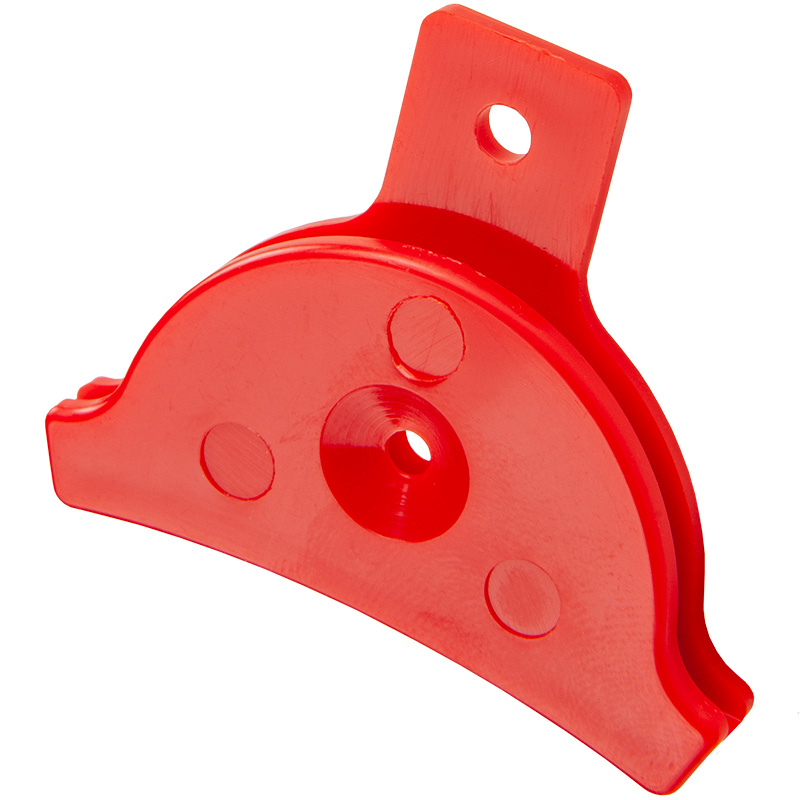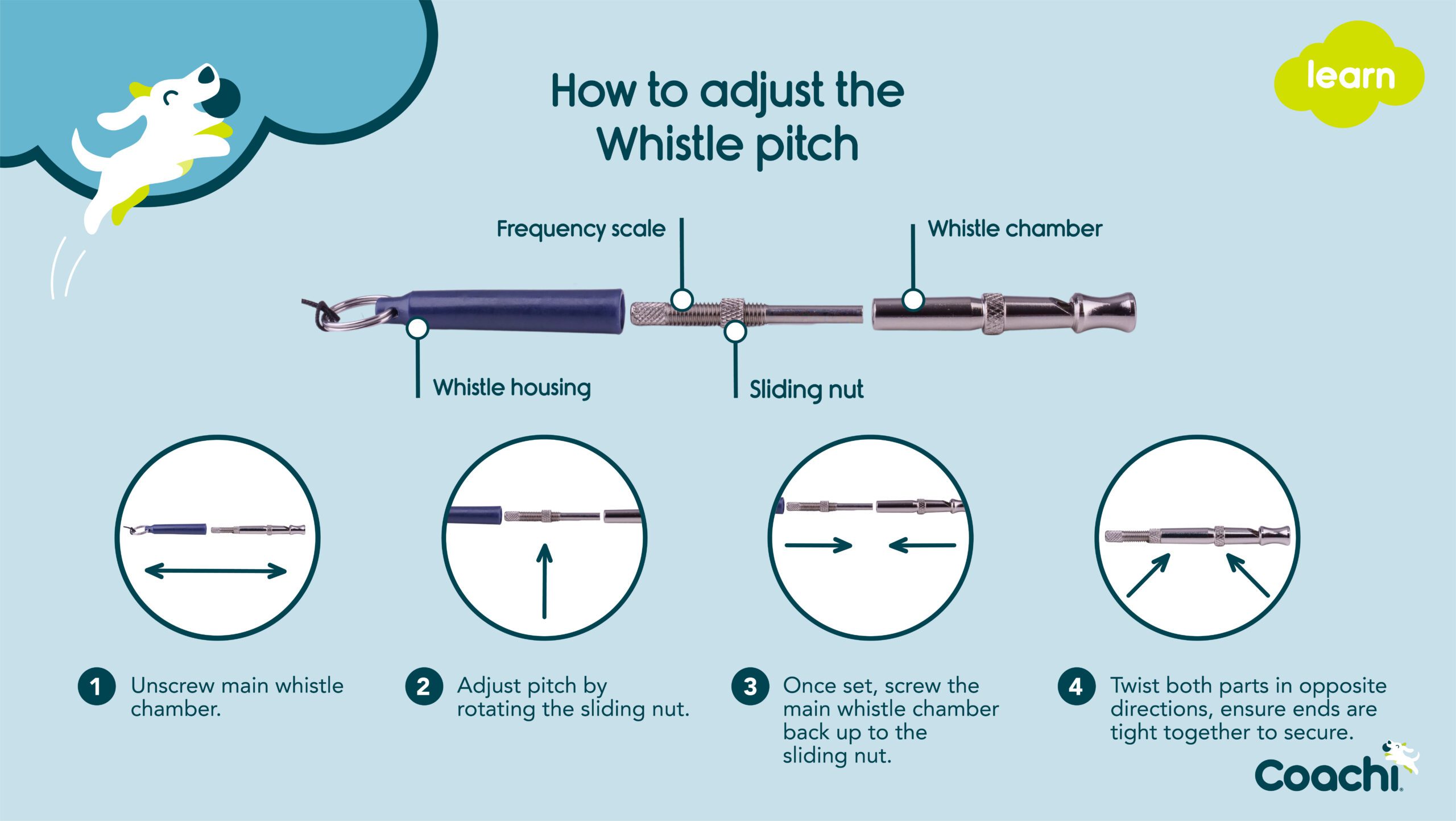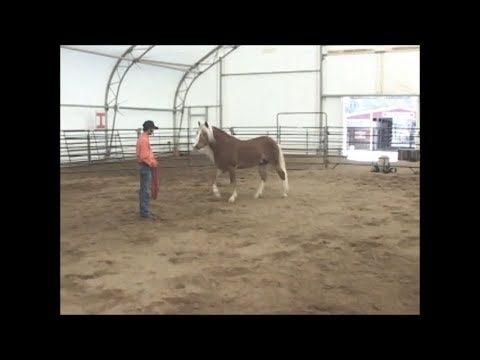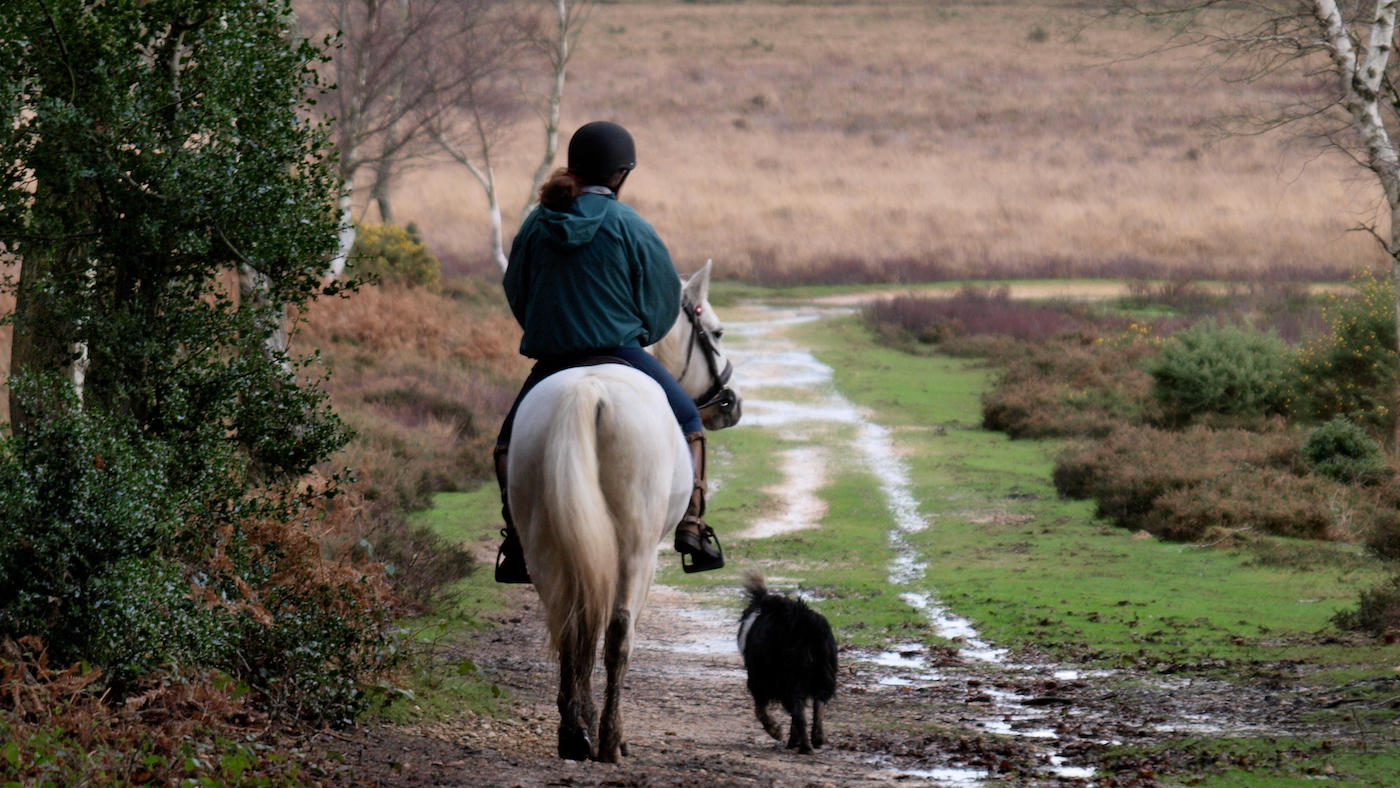Teaching Your Horse to Respond to Whistle Commands

Training your horse to respond to whistle commands can greatly improve communication and safety during riding or groundwork. This guide will walk you through the process step-by-step, including tips, techniques, and common challenges.
Why Use Whistle Commands?

Whistle commands offer several advantages over vocal commands:
- Consistency: Whistles produce a clear, consistent sound that carries over long distances.
- Clarity: Horses can distinguish whistle tones more easily than varied human voices.
- Hands-Free Communication: Useful when your hands are occupied or when you are far from your horse.
Getting Started: Preparing Your Horse

Before introducing whistle commands, ensure your horse is comfortable with basic voice commands and understands cues like “stop,” “come,” and “stand.”
- Build trust and a strong bond.
- Use positive reinforcement techniques.
Step-by-Step Training Process

| Step | Description | Tips |
|---|---|---|
| 1. Choose Your Whistle | Select a whistle with a clear, pleasant tone. | Avoid overly loud or shrill whistles that may startle your horse. |
| 2. Associate Whistle with Command | Blow the whistle and immediately give the corresponding verbal command. | Repeat consistently to build association. |
| 3. Reward Response | When your horse responds correctly, reward with treats or praise. | Use immediate rewards to reinforce behavior. |
| 4. Practice Regularly | Conduct short, frequent training sessions. | Keep sessions positive and end on a good note. |
| 5. Increase Distance | Gradually increase the distance between you and your horse during training. | Ensure your horse responds reliably before increasing distance. |
Common Whistle Commands
- One short whistle: Come to the handler.
- Two short whistles: Stop or stand still.
- One long whistle: Walk forward.
- Series of short whistles: Emergency recall.
Troubleshooting Tips
- If your horse ignores the whistle, check for distractions.
- Avoid overusing the whistle to prevent desensitization.
- Be patient; some horses take longer to learn.
Frequently Asked Questions (FAQ)
Q1: How long does it take to train a horse to respond to whistle commands?
A: Training time varies by horse, but consistent daily practice over several weeks usually yields good results.
Q2: Can all horses learn whistle commands?
A: Most horses can learn, but individual temperament and prior training affect responsiveness.
Q3: What if my horse gets scared of the whistle?
A: Use a softer whistle tone and pair it with positive reinforcement to build comfort.
Teaching your horse to respond to whistle commands enhances your communication and can make handling safer and more efficient. With patience and consistent practice, your horse will learn to respond reliably to your whistle signals.
